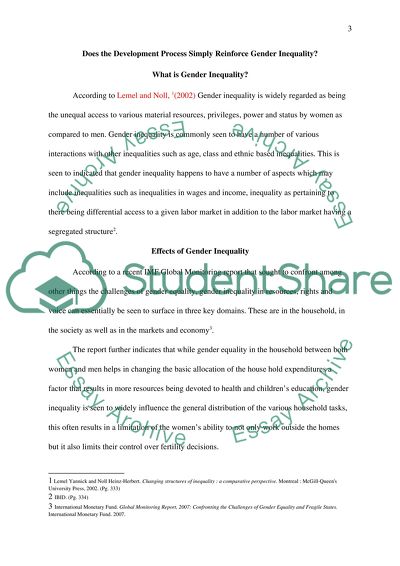Cite this document
(“Does the Development Process Simply Reinforce Gender Inequality Essay”, n.d.)
Does the Development Process Simply Reinforce Gender Inequality Essay. Retrieved from https://studentshare.org/history/1479986-does-the-development-process-simply-reinforce
Does the Development Process Simply Reinforce Gender Inequality Essay. Retrieved from https://studentshare.org/history/1479986-does-the-development-process-simply-reinforce
(Does the Development Process Simply Reinforce Gender Inequality Essay)
Does the Development Process Simply Reinforce Gender Inequality Essay. https://studentshare.org/history/1479986-does-the-development-process-simply-reinforce.
Does the Development Process Simply Reinforce Gender Inequality Essay. https://studentshare.org/history/1479986-does-the-development-process-simply-reinforce.
“Does the Development Process Simply Reinforce Gender Inequality Essay”, n.d. https://studentshare.org/history/1479986-does-the-development-process-simply-reinforce.


